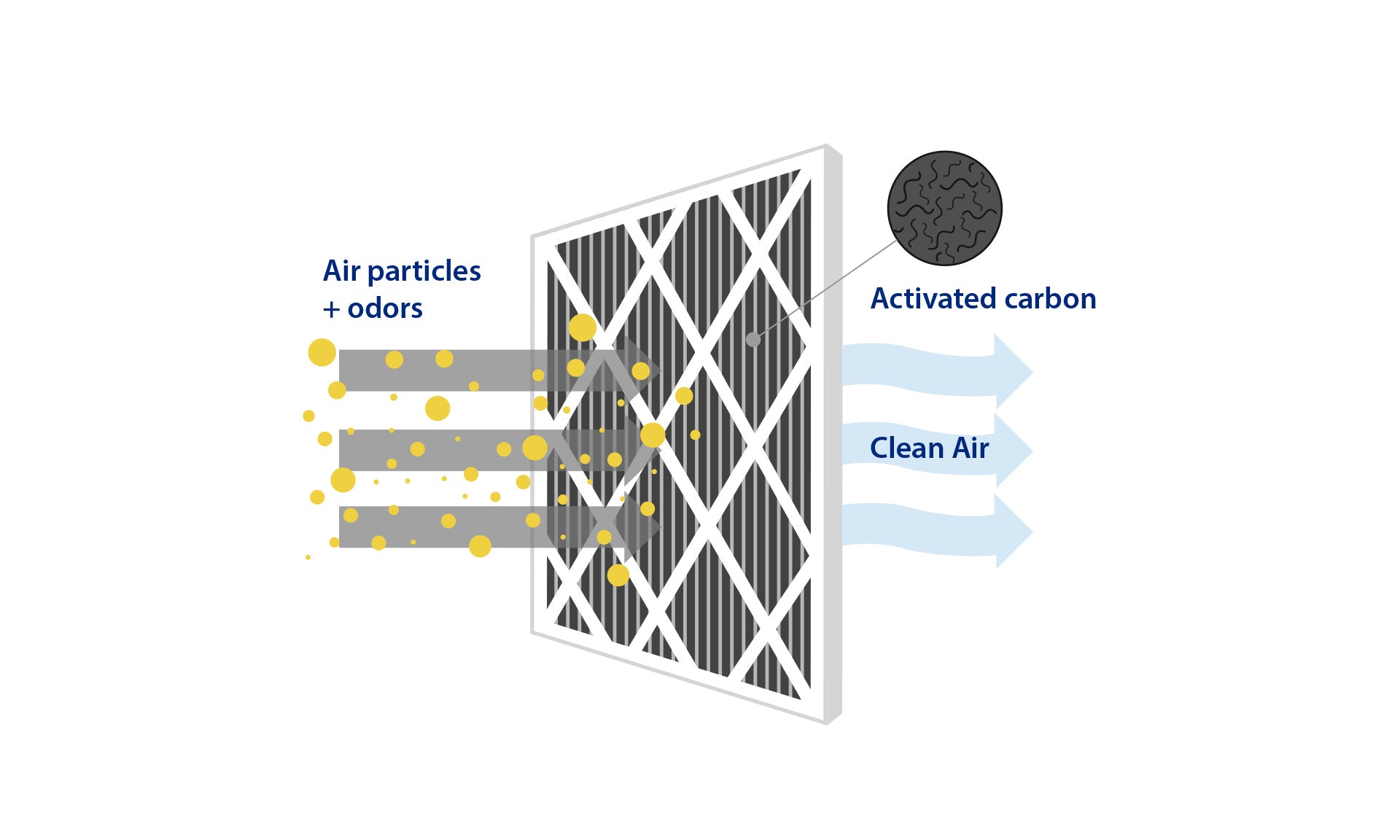
Activated carbon filters, or ACFs as they are also called, are widely known to be effective in filtering pollutants in both gaseous as well as liquid form. This makes them useful in a variety of industrial and non-industrial applications. In fact, the first documented usage of activated charcoal goes way back to 3750 BC (that is some 5770 years ago) when it was used by Egyptians in smelting ores to create bronze. Around 1500 BC (3525 years ago) Egyptians were using activated charcoal in digestive medical remedies and in removing unpleasant odours. In 400 BC (2425 years ago) people in the Indian subcontinent were using ACFs in water purification.
ACFs basically work on the concept of absorption and are used extensively in air purifiers, water treatment plants, air conditioners, odour control devices, alcohol purification, industrial applications such as in the metals industry etc. In hospitals they are used in face masks and in liver and kidney dialysis equipments. Some premium soap and skincare brands add them as an ingredient in their products. ACFs are even used by vets for animal treatment in case the pet swallows something harmful for example.
They have also been in use as smoking filters for pipes, and since 2020 are being increasingly used as smoking filters for rolled joints. Charcoal is a form of carbon with a highly porous structure making it great for absorption. The carbon here is ‘activated’, meaning it is exposed to heat in oxygen-less tanks at temperatures going up to 700°C, and then re exposed to heat of up to 1,150°C. This process substantially increases the number of pores and the total surface area which enables increased absorption capacity. Thus when smoke containing tar and other carcinogens and harmful substances pass through it, they get attached and absorbed into these tiny holes, thereby reducing the harm from the smoke as it comes out of the filter into a consumers’ lungs. We at PEER Next use active charcoal made of Coconut shell, which it is known to be the best raw material as it is more sustainable than other available options and because coconut shells naturally have more micro pores resulting in higher absorption and better filtering capability.
